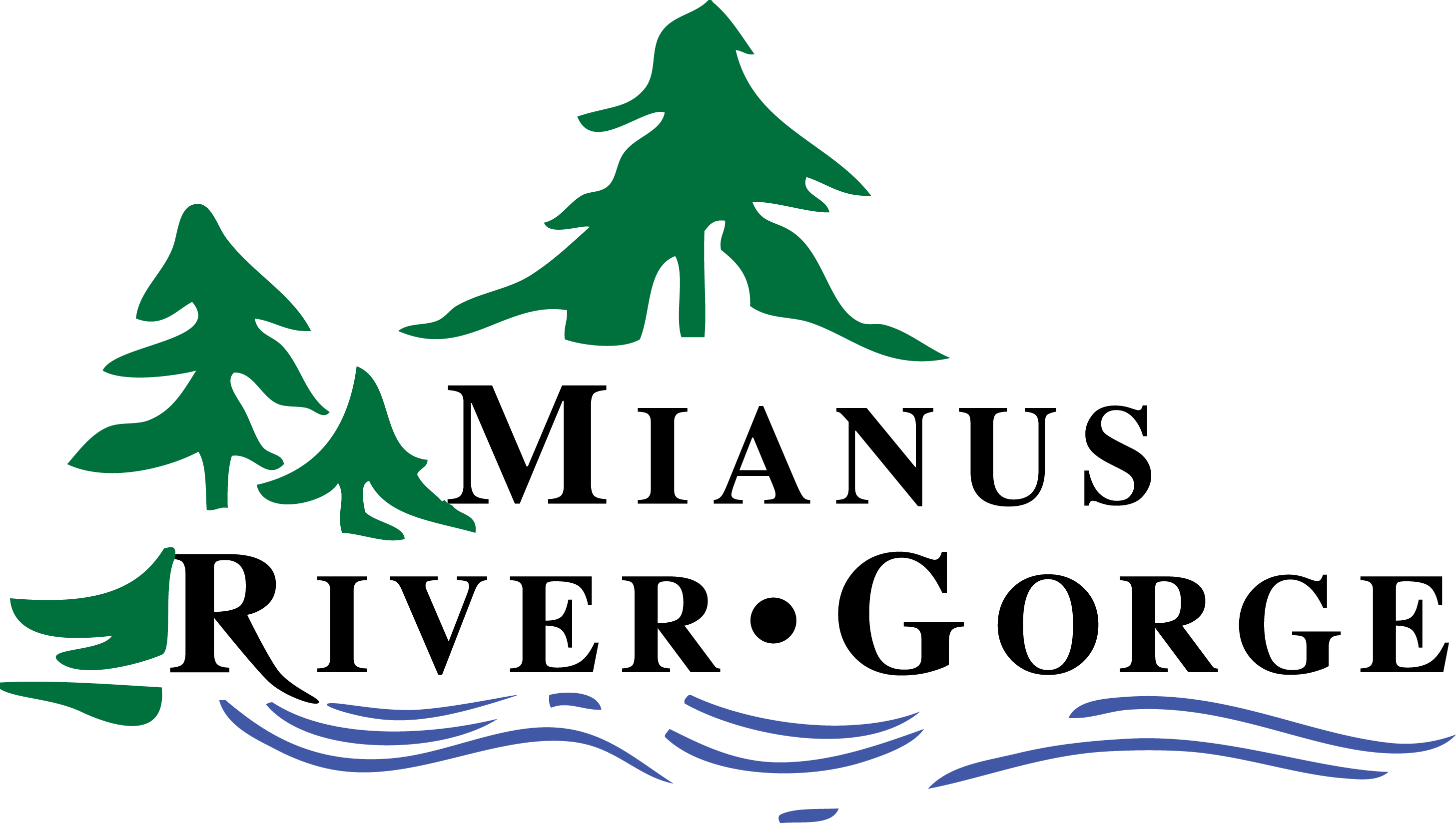In the northeast we are fortunate to have our forests growing older. As forests age, soils become more complex, topography more undulating, species composition more diverse, and the layering of the forest more apparent – herbaceous, understory, and overstory habitats more defined. One indicator of this change, is the presence of a distinctive group of colorful birds.
Timing their arrival with the emergence of tree leaves, these birds of the forest canopy are awaiting the hatching of hundreds of species of insect caterpillars. With its striking red body and black wings, the scarlet tanager is one of the brightest and most beautiful birds of the canopy. Thoreau once said, “It flies through the green foliage as if it would ignite the leaves.” This tanager arrives in the northeast to breed in April and May and prefers stands of older oak trees presumably because these tress provide over 500 species of insects for its new brood.
Joining the scarlet tanager in the canopy is the equally striking orange Baltimore oriole. Its unique suspended deep pouch nest with a top opening, built of milkweed, grapevine bark, and other fibers and lined with hair and fine grasses, is hidden in the treetops. Once commonly built in large elm trees, they are now constructed on the ends of maple or willow limbs, where they are nicely camouflaged with leaf out but very visible come fall.
On the smaller side and somewhat harder to find, the Blackburnian and the black-throated green warblers also provide some intense spring canopy color. The Blackburnian’s vivid orange throat and the black-throated green’s yellow face can sometimes be picked out high up in the treetops, although getting to know their calls is by far the most reliable way to find them.
All these canopy species are dependent on unbroken older forest. When forests are fragmented, parasitic cowbirds have their greatest impact (cowbirds are dump nesters and put their eggs in the nests of others. They live along forest edges but do not penetrate deep into the forest).
Also look for owls in these spring woods. This is the time for young fledglings and you might be lucky enough to see a young bird close to the ground while it learns to fly. Don’t disturb it, as its mother is most likely close by to care for it. I have had three reports of sightings of owlets in the last three weeks.
And finally, although not truly a canopy bird, the pileated woodpecker is just too striking to leave out. Once almost extinct in the northeast, it has come back with the aging of the forest. This impressive crow-sized bird with its striking red crest and white neck line uses its chisel-like beak to demolish trees looking for carpenter ants. It then uses its long sticky tongue to extract them. If you see it or any of these other spring canopy birds, you will be surprised by their brilliance and amazed they exist, somehow hidden in the world of the forest canopy.
By Rod Christie
Executive Director
Mianus River Gorge
